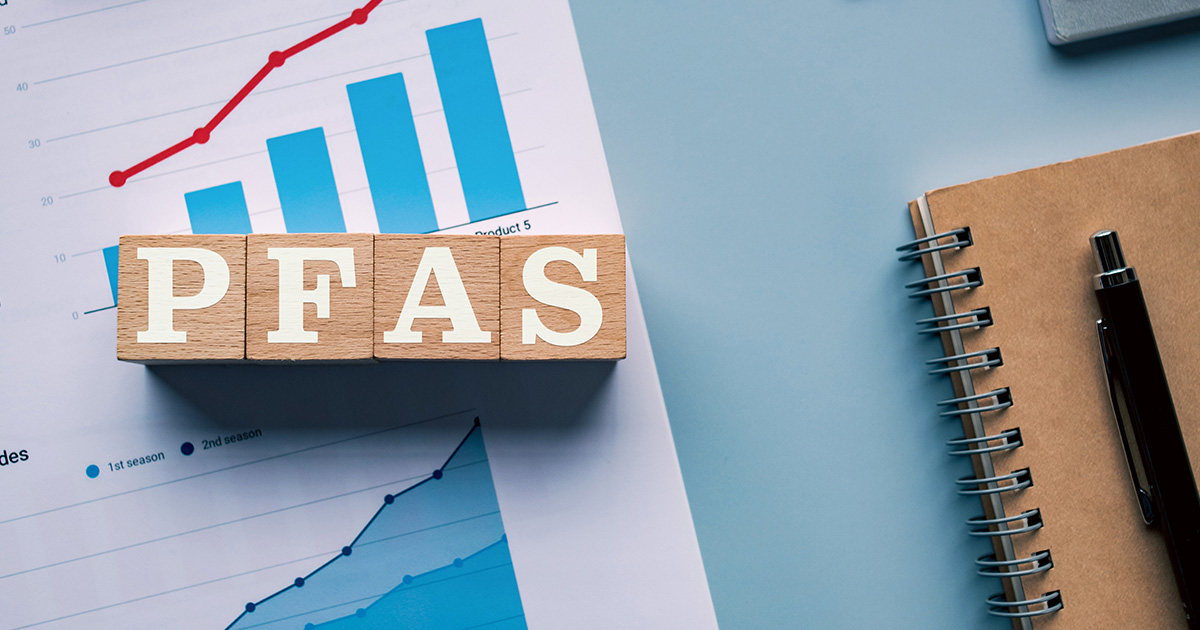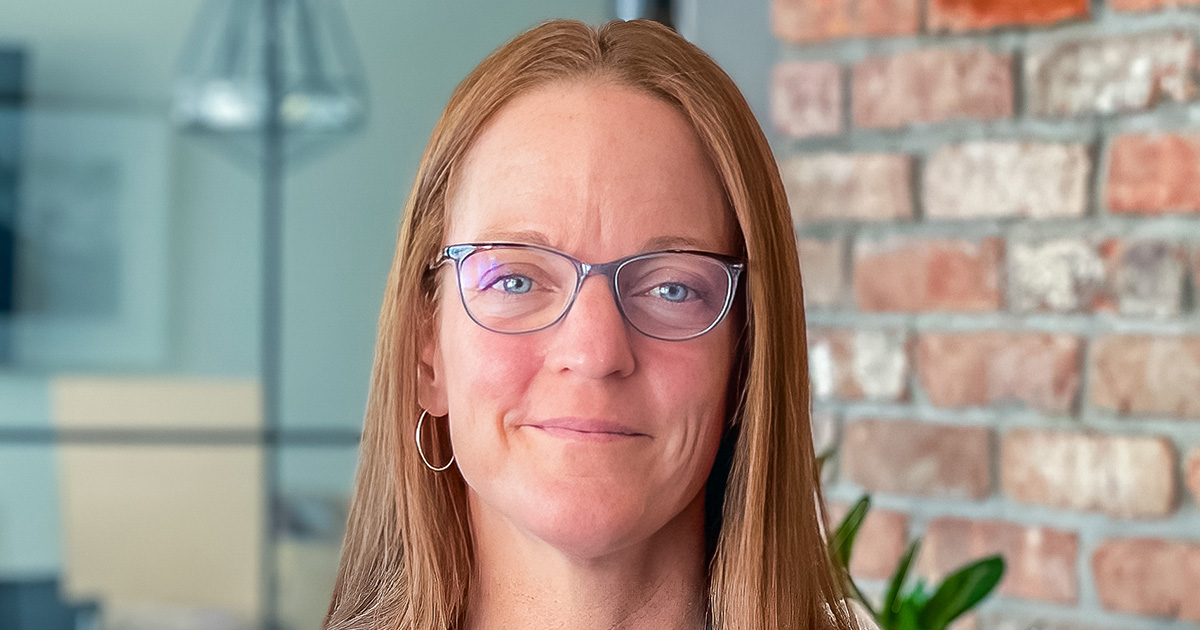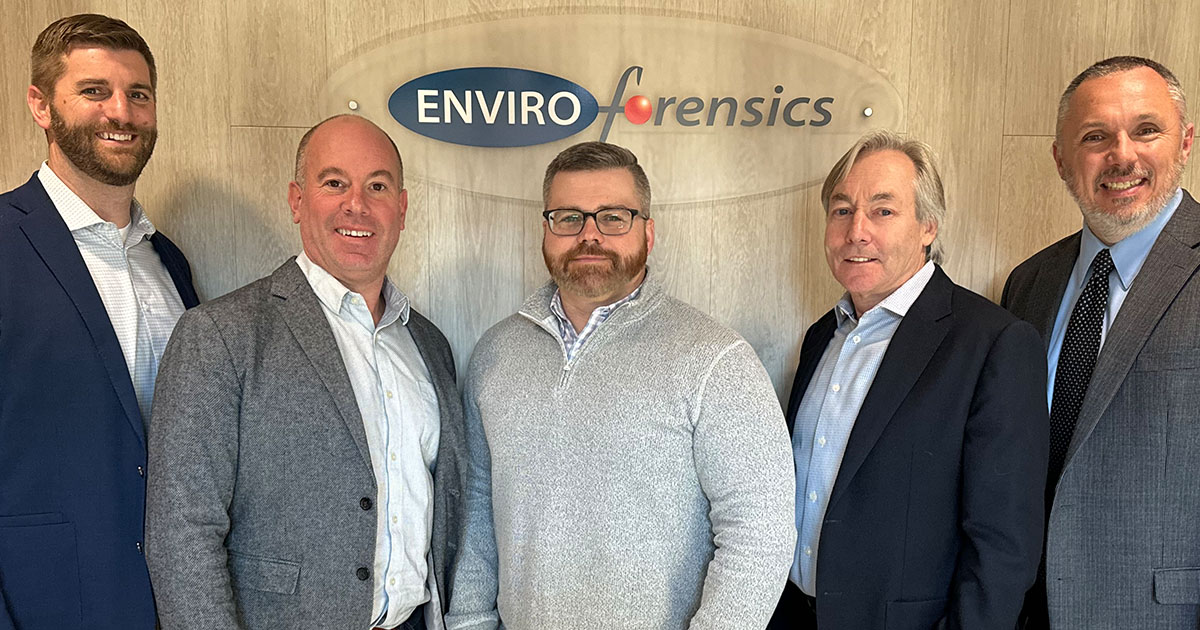Written by Steve Henshaw, PG, President & CEO, EnviroForensics
As seen in the August 2013 issue of Cleaner & Launderer
The field of vapor intrusion is far from being considered a sound science. I want to tell you this because the stakes are very high when it comes to potential risks to human health from vapors comprised of volatile organic compounds (VOCs). The emerging field of vapor intrusion is not only rapidly evolving and the risk levels are continuing to shift and change, but also the potential liabilities associated with vapor intrusion exposure can be very expensive and could damage a company’s reputation. When it comes to vapor intrusion exposure issues, you and your team of scientists and lawyers need to be in front of the problem, proactively dealing with results and developing a communication plan and strategy of ensuring that appropriate steps are being taken to protect people from risk and harm.
The EPA has established exposure levels they believe are protective of human health and some states have adopted their own exposure levels, which are even lower. While scientists argue whether or not the established exposure levels are appropriate, most people confronted with learning that they may be exposed to some level of VOCs will be worried that they are being exposed to carcinogenic gases. If those levels are found in schools or places where pregnant woman work or live the level of concern increases dramatically. Now that you understand that, the are several things you can do that will help you navigate the changing conditions, including retaining a qualified team, being proactive in your community and with those that may be affected, being honest and forthright about the data, having a solid risk communications and community relations plan, and proactively abating exposures by installing vapor mitigation systems.
The next thing that will be helpful for you to understand is that there are a number of factors that may attribute to increased vapor exposure levels. Obviously, if there is a release of a solvent or gasoline in the soil or groundwater, the VOCs in the solvent or gasoline may vaporize or volatilize, becoming a gas that can find its way into buildings through cracks in the foundation, through openings where plumbing or utilities come into the building, along utility corridors or from sumps designed to keep groundwater from ponding in basements. But it is important to know that other factors come into play and can contribute to increased levels of vapors in the breathing space. Such factors include large exhaust fans that may be used in the building. If large exhaust fans are being used, such as those in restaurants, the fans pull air from the building and push the air to the outside, which creates a negative pressure inside the building. Furnaces and ovens may also create convection, which can create a current and pull vapors through the cracks and openings of a foundation. Sewer lines, particularly in older structures where there are no traps or valves and allow sewer gases to enter into the breathing space are another area where we have seen vapors migrating into buildings. If the sewers are connected to neighboring businesses the discharge from the neighboring businesses could enter other buildings that have a negative pressure situation. Common cleaning chemicals are another leading factor in vapor intrusion results. Such common cleaning chemicals may be used in homes or businesses, which can show up in the indoor air samples. Spotting agents are a prime example of a vapor intrusion source that is not associated with an actual subsurface solvent release. We have even seen indoor air samples affected by clothes from off-site dry cleaning operations. The reason I bring these influencing factors to your attention is because knowing that they exist can assist you in understanding the data and may assist you in proving an important fact or in developing a cost effective vapor mitigation technology.
In addition to the influencing factors noted, there are plenty of other factors that can influence the analytical results. Such factors include weather (temperature, barometric pressure and precipitation), emissions from neighboring businesses, the cleaning (decontamination procedures) of the sample containers and tubing, the seal around the sample ports, and the quality assurance controls employed by the contractor collecting the samples.
Indoor air samples are not cheap, but it is important to collect an appropriate number of samples to be representative of the conditions inside of a building. If a house has two floors and a basement, at least one sample should be collected on each floor and in the basement. If there are several apartments or businesses, even though common walls may only separate them, samples should be collected from each individual apartment or business suite. The indoor air samples should be accompanied with the collection of a sub-slab soil vapor sample and an outside ambient air sample. These samples assist in providing a comparison of the conditions beneath the building and the outside air conditions, respectively. Finally, at least one duplicate sample should be collected and labeled differently (blind labeled) to evaluate the accuracy of the analytical laboratory and sampling procedures. And of course, a laboratory that specializes in air quality testing and can report sample results to the low levels required by the regulatory agency, must be used to analyze the samples. In addition to needing to collect the appropriate number of samples and quality assurance samples, it is important to understand that the results can vary significantly depending on the time of year.
I can’t tell you how many indoor air quality (vapor intrusion) investigations/assessments I have evaluated and how often we identify concerns with the testing methods. I have also evaluated investigations where the ambient air samples exhibited higher concentrations of VOCs than those detected in the sub-slab samples collected from inside the buildings. We attributed the impacts to a furniture restoration company located next to our site and this observation was critical to obtaining site closure of our site with the regulatory agency. Similarly, we have observed indoor air samples in a dry cleaner that operated only as a drop store (no active cleaning) with concentrations of VOCs significantly greater than those detected beneath the building. One might assume the VOCs were associated with the off gassing of dry cleaned clothes. Unfortunately, the consultant was utilizing only one sampling event to make this determination and frankly, there is not enough data to make any true statistical determination as to why the indoor samples showed elevated levels of VOCs. I have also observed a situation where samples were collected in November and they did not show detectable levels of VOCs, but samples collected in the summer showed relatively high levels of VOCs, while at another site, I observed the opposite situation (high levels in the winter and low levels in the summer).
Another important aspect to vapor intrusion assessments is how the data is applied and how it is extrapolated. Using multiple lines of evidence, risks can be reduced or even eliminated. Operational uses in a building or suite have a significant impact on the acceptable levels of VOCs in the indoor air. A business operating as dry cleaner using PCE (perc) on-site is allowed significantly higher levels in the indoor air than a business that does not use PCE in its operations. Levels established by OSHA apply to an active dry cleaner, while risk based levels established by the EPA may apply to another dry cleaner not conducting on-site dry cleaning. But what levels apply if you use a spotting agent on-site to remove stains, even though you no longer do use PCE on-site?
Knowing that there are many factors that can affect the indoor air results and that different levels apply to different operational uses by a business can assist you in reducing potential liabilities. Understanding that results indicating or suggesting potential risks exist can create serious financial and public perception liabilities, should spur your attention to the importance of having the best team to conduct vapor intrusion assessments on your site. Remember, you have a choice in whom you use and who is on your team. Making no decision on this matter is a decision, and a bad one at that. This is one area where you don’t want to go the cheap route. While some may tell you that vapor intrusion investigations are a commodity, I assure you that that is not accurate. If you need further evidence of this, read up on the Madison Kipp site in Madison, Wisconsin, where local homeowners were recently awarded a significant settlement and the business suffered significant public relations backlash.
Understanding the above information will benefit you in the following ways:
- Samples must be collected in a scientific manner;
- Analytical results can be affected by many factors;
- Results that indicate risks need to be reproduced by resampling;
- Results that show a risk can be managed by having a good legal and technical team and a solid risk communication plan;
- Proactive mitigation of a vapor intrusion risk is important;
- You have a say in who you use and who is on your team; and
- Vapor intrusion investigations are not a commodity market (the regulations are rapidly evolving, the science is not well understood, and the factors influencing the results are numerous).
The best thing you can do for yourself now is to ask questions of your consultants and your legal team about their experience conducting vapor intrusion investigations and assessments. If you are uncomfortable with the answers you are getting, get a second opinion. This is a call to action. Don’t be afraid to ask hard questions.
I don’t expect for you as a business owner to understand everything about vapor intrusion, but I urge you to take an active interest in the findings so you are not surprised. The risks associated with vapor intrusion are a real concern, but the mitigation solutions are fairly easy to implement and they are generally not too costly.



